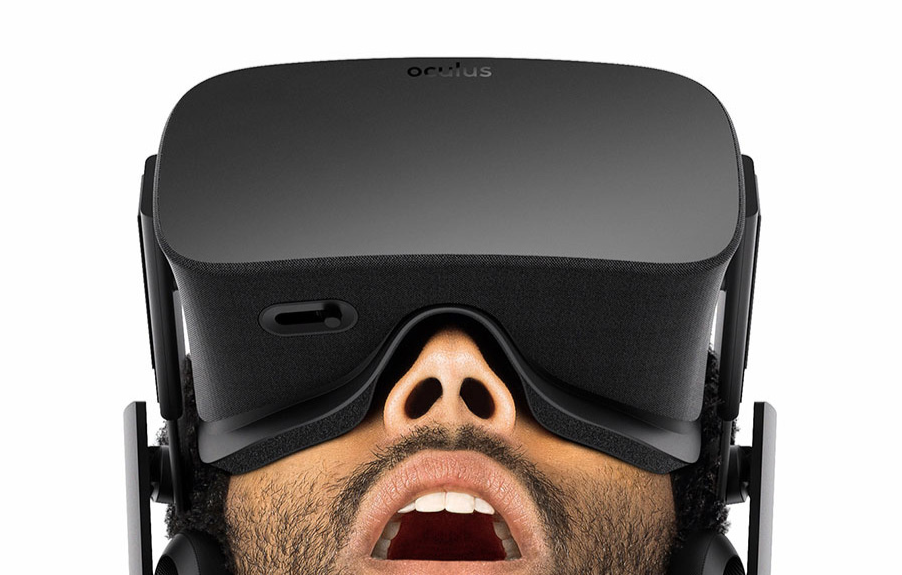At $600, the Rift is Expensive, and Not

VR is actually happening for real now, and you can order yourself an Oculus Rift today and be part of the first few people to try a final Rift. There's a lot of excitement now that everyone knows when they're going to have a finished Rift to play with. But what about that sticker price of $600?
For a long time, we've been saying that in order for VR to really take off, it needs to be accessible. The Rift needs to be at a price point that's affordable to the mass market. Only with mass market adoption will VR truly take off. Just look at 3DTV and what a flash in the pan that turned out to be. In fact, we believe that VR needs to be as ubiquitous as TV for it to be truly revolutionary. From this standpoint, the Rift is not the revolution we've been waiting for.
In fact, the Rift 2 won't be either. But is the Rift expensive? Well, consider this: When Amazon launched its original Kindle it was pricy. It wasn't widely adopted. But further iterations of the Kindle proved to be very affordable for many people. Now you can get a Kindle for less than $100.
The Rift has plenty of technologies going for it. We doubt that Oculus is even making much of a profit from the presale of the Rift at $600. Consider the components. You have the sensor camera, the controller, and the Rift itself. The actual head unit contains custom-designed lenses, a high-resolution screen, headphone speakers, IR LEDs, head-tracking components, and the custom-molded casing. If you're familiar with the manufacturing game, there's always a minimum order quantity to meet before a manufacturer will make something for you in volume.
The DK2 sold a little over 100,000 units. At the factory side, 100,000 units isn't a lot of units. It's actually a very low number. If NVIDIA ordered only 100,000 units of the GTX 980 Ti GPU from TSMC, the full graphics card would easily be over $1,300, perhaps much more. Oculus is pricing its Rift at a number it can live with, not one it can profit from. The first batches have already sold out, and the ship date has slipped to June for the next batch.
If we're generous, we'll say there were 500,000 units sold. At this volume, the $600 price tag makes some sense. It's not expensive for its volume and what it is. If this were two decades ago when giant and primitive VR head units were seen only in Hollywood movies, the Rift would easily cost multiple thousands of dollars.
Right now, only PC gamers with powerful machines can take advantage of the Rift. If you're new to PC gaming or you're running a system that's two or three years old, the Rift has a high barrier to entry. If you're a casual gamer, you're not going to get one either. If you don't play games, you won't get one. The number of use cases right now is tiny. There's still a lot of work to be done. Oculus and Facebook need time to build more awareness. They also need more time to build up developer relationships. More content, more use cases, more of everything.
Keep up to date with the most important stories and the best deals, as picked by the PC Gamer team.
The community is in an uproar over the Rift's $600 price tag, as it feels betrayed by the promise of VR for everyone. We understand the feeling. If the Rift 2 costs half the Rift's pricing when it comes out, it still won't be a mainstream product. But the Rift 3 might hit that sweet spot.
This is a stepping stone to get VR to eventually where it needs to be; then all Oculus needs to do is iterate for a few generations. Oculus hasn't broken any promises of delivering an amazing VR experience. You can get true VR now, but if you're looking for a revolution, that day isn't today.


